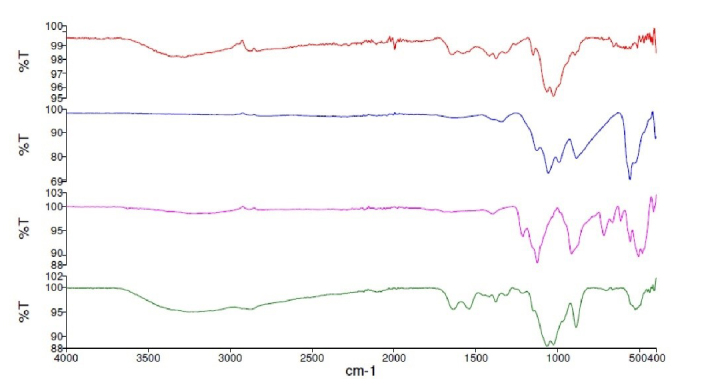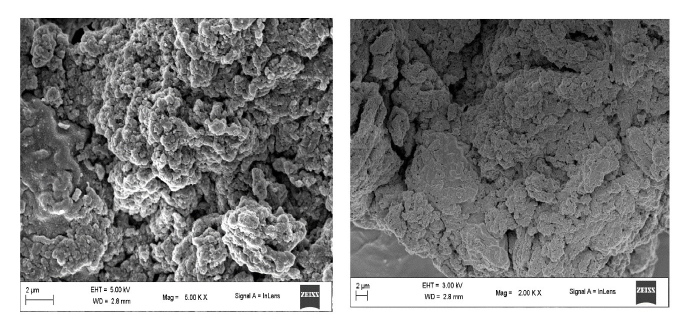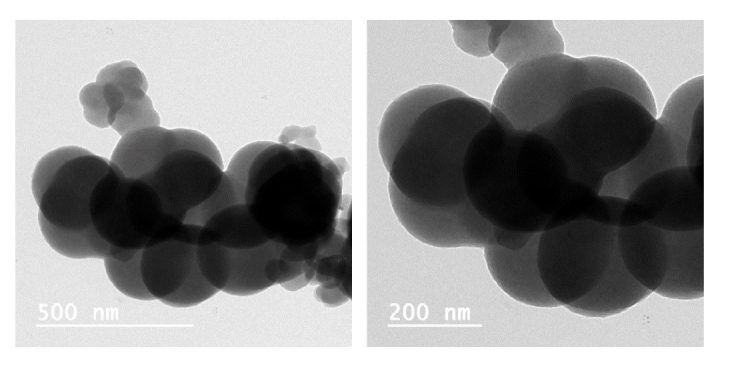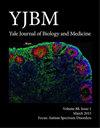Design and Characterization of Nanoflowers-based Biosensor for Estimation of Bilirubin in Jaundice.
IF 2.5
3区 工程技术
Q2 BIOLOGY
引用次数: 0
Abstract
Nanoflowers (NFs) are flower-shaped nanoparticulate systems with a higher surface-to-volume ratio and good surface adsorption. Jaundice indicates yellow discoloration of skin, sclera, and mucus membrane and is a clinical indication of bilirubin accumulation in the blood which occurs as a consequence of the incapability of the liver to excrete bilirubin in the biliary tree or conjugate bilirubin and higher production of bilirubin in the body. Several methods have been developed so far for bilirubin estimation in jaundice like the spectrophotometric method, chemiluminescence method, etc., but biosensing methods provide advantages over traditional methods concerning the surface area, adsorption, particle size, and functional characteristics. The primary objective of the present research project was to formulate and examine the adsorbent nanoflowers-based biosensor for accurate, precise, and sensitive detection of bilirubin in jaundice. The particle size of adsorbent nanoflowers was found to be in the range of 300-600nm with the surface charge (zeta potential) in the range of -1.12 to -15.42 mV. Transmission electron microscopy and scanning electron microscopy images confirmed the flower-like morphological structure of adsorbent NFs. The adsorption efficiency of NFs for bilirubin adsorption was maximum at 94.13%. Comparative studies of bilirubin estimation in the pathological sample with adsorbent NFs and diagnostic kit displayed bilirubin concentration to be 1.0 mg/dL in adsorbent nanoflowers and 1.1 mg/dL with diagnostic kit indicating effective detection of bilirubin with adsorbent NFs. The nanoflower-based biosensor acts as a smart approach to elevate adsorption efficiency on the surface of nanoflower due to a higher surface-to-volume (SV) ratio. Graphical Abstract



基于纳米花的黄疸胆红素生物传感器的设计与表征。
纳米花是一种具有较高的表面体积比和良好的表面吸附性能的花形纳米颗粒体系。黄疸指的是皮肤、巩膜和粘液膜变黄,是胆红素在血液中积累的临床指征,这是由于肝脏不能在胆道树中分泌胆红素或结合胆红素和体内胆红素产量增加的结果。目前已经开发了几种用于黄疸胆红素估计的方法,如分光光度法、化学发光法等,但生物传感方法在表面积、吸附、粒径和功能特性方面比传统方法具有优势。本研究项目的主要目的是制定和检验基于吸附剂纳米花的生物传感器,以准确,精确和敏感地检测黄疸中的胆红素。吸附纳米花的粒径在300 ~ 600nm之间,表面电荷(zeta电位)在-1.12 ~ -15.42 mV之间。透射电镜和扫描电镜图像证实了吸附剂NFs的花状形态结构。NFs对胆红素的吸附效率最高,为94.13%。用吸附纳米花和诊断试剂盒测定病理标本中胆红素的比较研究表明,吸附纳米花的胆红素浓度为1.0 mg/dL,诊断试剂盒的胆红素浓度为1.1 mg/dL,表明吸附纳米花可以有效地检测胆红素。基于纳米花的生物传感器由于具有较高的表面体积比而成为提高纳米花表面吸附效率的智能途径。图形抽象。
本文章由计算机程序翻译,如有差异,请以英文原文为准。
求助全文
约1分钟内获得全文
求助全文
来源期刊

Yale Journal of Biology and Medicine
Biochemistry, Genetics and Molecular Biology-General Biochemistry,Genetics and Molecular Biology
CiteScore
5.00
自引率
0.00%
发文量
41
期刊介绍:
The Yale Journal of Biology and Medicine (YJBM) is a graduate and medical student-run, peer-reviewed, open-access journal dedicated to the publication of original research articles, scientific reviews, articles on medical history, personal perspectives on medicine, policy analyses, case reports, and symposia related to biomedical matters. YJBM is published quarterly and aims to publish articles of interest to both physicians and scientists. YJBM is and has been an internationally distributed journal with a long history of landmark articles. Our contributors feature a notable list of philosophers, statesmen, scientists, and physicians, including Ernst Cassirer, Harvey Cushing, Rene Dubos, Edward Kennedy, Donald Seldin, and Jack Strominger. Our Editorial Board consists of students and faculty members from Yale School of Medicine and Yale University Graduate School of Arts & Sciences. All manuscripts submitted to YJBM are first evaluated on the basis of scientific quality, originality, appropriateness, contribution to the field, and style. Suitable manuscripts are then subject to rigorous, fair, and rapid peer review.
 求助内容:
求助内容: 应助结果提醒方式:
应助结果提醒方式:


